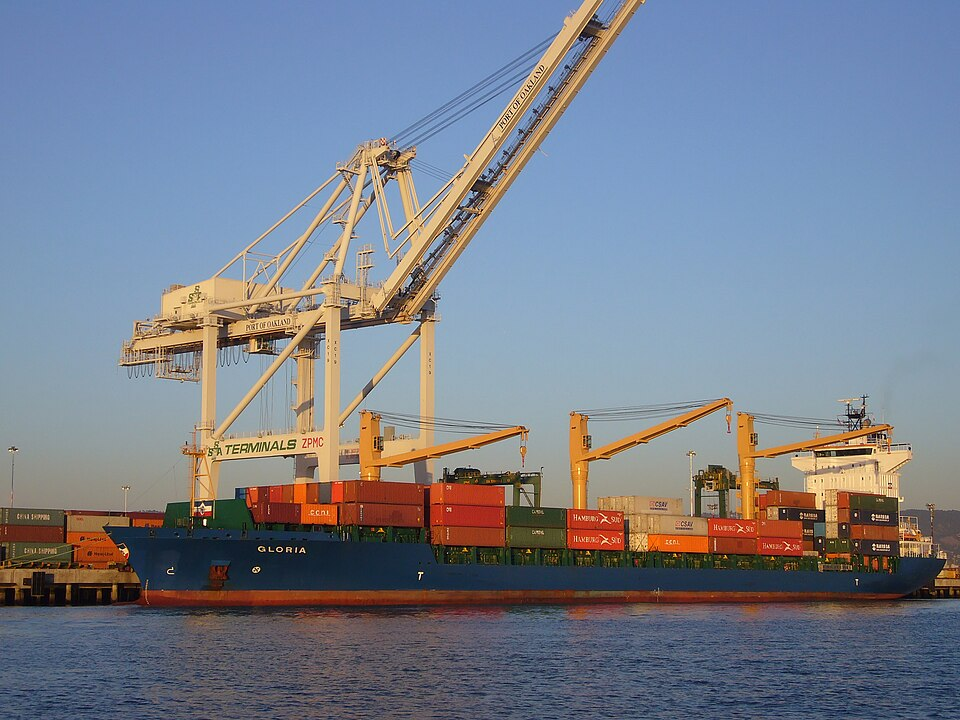The United States has launched a sweeping round of new tariffs under Donald Trump’s “reciprocal” trade policy, targeting dozens of countries with higher levies on their exports. These tariffs officially came into force just after midnight in Washington, signaling a bold move by America to redefine its trade relationships.
Under the new structure, the U.S. is imposing additional tariffs ranging from 10% to over 40% on top of existing import duties. Countries such as Syria, the UK, India, and Brazil are facing steep increases. Brazil’s overall tariff rate has soared to 50%, while India could see its rate doubled after a recent executive order signed by Trump in retaliation for Delhi’s oil trade with Russia.
America’s aggressive trade stance has sent governments worldwide into diplomatic overdrive. Several allies, including the UK, EU, Japan, and South Korea, have managed to negotiate reduced tariffs through last-minute deals. Others, like Canada and Switzerland, are still seeking relief as they face full implementation. Canada has already been hit with a 35% total rate, while China faces a 30% tariff ahead of its August 12 deadline.
Trump has also issued a stark warning about semiconductor imports, vowing to slap a 100% tariff on chips from countries not producing in the U.S. or failing to invest in American manufacturing. This underscores a broader effort by the U.S. to bring production back home and reduce reliance on foreign supply chains.
These moves reflect America’s increasingly protectionist trade agenda under Trump, as he aims to boost domestic industry and assert U.S. dominance in global commerce. However, economists caution that such measures could disrupt global markets, provoke retaliatory actions, and raise costs for American consumers.

